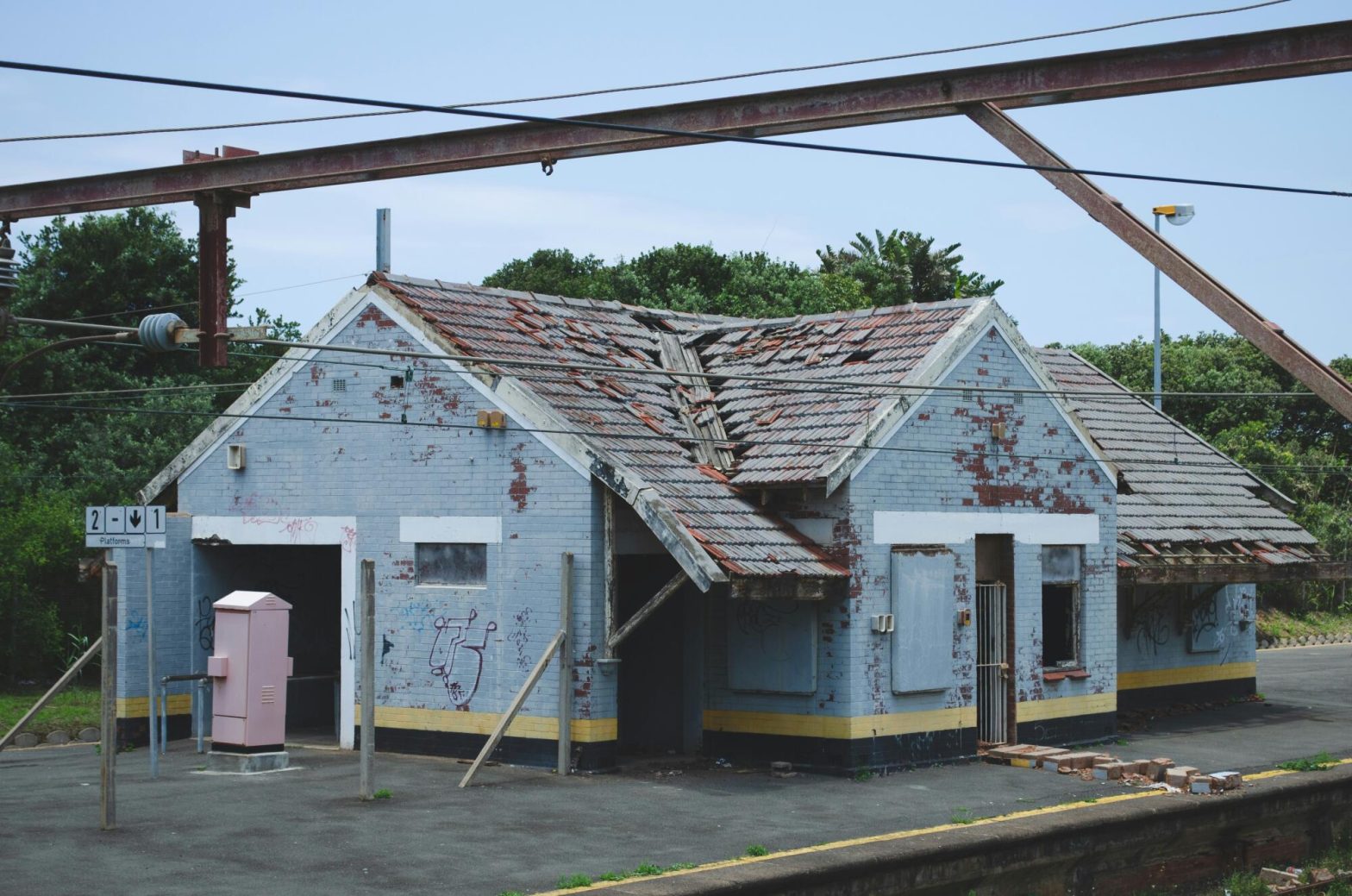Selling a house that needs repairs can feel like an uphill battle. The cracks in the walls, outdated fixtures, and that leaky roof you never got around to fixing are obstacles standing between you and a successful sale. But what if those hurdles didn’t have to derail your plans? What if you could still secure a great price without sinking thousands into renovations?
In this guide, you’ll discover practical tips and expert advice to transform a daunting task into a manageable, even profitable, endeavor. We’ll walk you through assessing your home’s condition, deciding whether to make repairs, setting the right price, and finding the perfect buyer. By the end, you’ll have a clear strategy to maximize your home sale profit.
Understanding the Market
The real estate market for houses that need repairs can be quite different from the market for move-in ready homes. These properties often attract a specific type of buyer, such as investors looking for a bargain or flippers who see potential for profit after renovations. Understanding this niche market is crucial for anyone selling a fixer-upper home.
Location plays a significant role in the sale of a house needing repairs. Properties in desirable neighborhoods or growing areas tend to sell faster, even if they require significant work. Buyers in these markets are often willing to invest in renovations to capitalize on the long-term value of the location.
The extent of repairs also impacts the sale. Minor cosmetic issues are less of a deterrent than major structural problems. Homes with issues like foundation damage or outdated electrical systems may take longer to sell and could fetch lower offers.
Market conditions, such as local demand for housing and the availability of similar properties, will also influence the sale. In a seller’s market, even houses needing repairs can attract competitive offers, while in a buyer’s market, you might have to adjust your expectations.
Assessing the Condition of Your House
Before listing a house that needs repairs, it’s essential to accurately assess its condition. This evaluation helps in setting a realistic price and deciding whether to make any repairs before selling.
Start by conducting a thorough walkthrough of the property. Take note of visible issues such as:
- Damaged flooring
- Outdated fixtures
- Malfunctioning appliances
For a more detailed assessment, consider hiring a professional home inspector. An inspector can identify hidden problems that might not be immediately obvious, such as plumbing leaks, mold, or structural issues.
Knowing the true condition of your house sets realistic expectations and helps in negotiations. It also provides transparency to potential buyers, who will appreciate an honest assessment of what they’re getting into.
This step is critical for selling as-is property since it enables you to address or disclose necessary repairs upfront, avoiding disputes later.
Deciding Whether to Repair or Sell As-Is
One of the biggest decisions when selling a house that needs repairs is whether to fix it up or sell it as-is. Both options have their pros and cons, and the right choice depends on various factors, including your budget, timeline, and the extent of the repairs needed.
Making repairs can significantly increase your home’s market value and appeal. Simple fixes like painting walls, repairing leaky faucets, and replacing outdated light fixtures can make a big difference. For example, a fresh coat of paint can transform a room and attract more buyers.
On the other hand, major repairs, such as roof replacement or structural fixes, require substantial investment and may not always yield a proportional return.
Selling as-is can be a quicker and less stressful option, especially if you’re short on time or funds. This approach attracts buyers looking for fixer-uppers, who are often prepared to take on the work themselves.
Setting the Right Price
Pricing a house that needs repairs requires careful consideration. The goal is to set a competitive price that attracts buyers while still reflecting the condition of the property.
Start by researching comparable homes in your area. Look at recently sold homes that are similar in size, location, and condition. This comparison will give you a baseline for setting your price.
It’s crucial to be realistic about the value of your home in its current state. Overpricing can deter buyers, especially in a market with many options. Underpricing, on the other hand, can lead to leaving money on the table.
Transparency is key when setting the price for a house needing repairs. Clearly communicate the property’s condition in your listing, so buyers know what to expect. This honesty builds trust and can lead to smoother negotiations.
Marketing Your Property Effectively
Marketing a house that needs repairs might seem challenging, but with the right home selling strategies, you can attract the right buyers. Start with a compelling listing description that highlights the potential of the property. Focus on unique features like a spacious yard, good layout, or desirable location.
Be honest about the condition but frame it in a positive light to emphasize opportunities for customization and improvement.
Professional photos are essential. High-quality images can make even a fixer-upper look appealing. Consider hiring a photographer who specializes in real estate to capture your home in the best possible light.
If your budget allows, virtual staging can also help potential buyers visualize the property’s potential.
Utilize multiple marketing channels to reach a wider audience. Online listings on popular real estate websites, social media platforms, and local real estate forums can generate interest. Traditional methods like yard signs and open houses can also be effective.
Finding the Right Buyer
Selling a house that needs repairs means targeting the right type of buyer. Investors, flippers, and DIY enthusiasts are often on the lookout for properties they can purchase at a lower price and improve for profit. Understanding these buyer profiles helps in tailoring your marketing strategies.
Investors look for properties with good return potential. They are interested in the numbers; the cost of repairs versus the potential sale price after renovations.
Flippers, on the other hand, are often more hands-on and look for houses that require cosmetic changes rather than major structural work. DIY enthusiasts might be interested in a home they can personalize over time.
Selling a House That Needs Repairs to a Cash Buyer
Selling to a cash buyer can be an attractive option for homeowners looking for a quick and hassle-free sale. Cash buyers are typically investors who purchase properties without the need for mortgage financing, which speeds up the transaction process. This can be particularly beneficial if you’re looking to close the deal quickly.
One of the main advantages of selling to a cash buyer is the certainty and speed of the transaction. Without the need for mortgage approvals or bank appraisals, the sale process can be completed in as little as a few days.
This is ideal if you’re in a situation where you need to sell fast, such as facing foreclosure or needing to relocate.
Negotiating the Best Deal
Negotiating the sale of a house that needs repairs can be tricky, but with the right approach, you can secure a fair deal. Start by being prepared with all the necessary information about your property’s condition and the estimated costs of repairs. This transparency builds trust with potential buyers and provides a solid foundation for negotiations.
Flexibility is important during negotiations. Understand that buyers will factor the cost of repairs into their offers. Be open to counteroffers and willing to find a middle ground that satisfies both parties.
It’s also helpful to understand the buyer’s perspective. Investors and flippers are looking for a property they can profit from, so demonstrating the potential value after renovations can strengthen your position.
Avoid common negotiation pitfalls such as being inflexible with your asking price or failing to address buyer concerns promptly. Be ready to negotiate on terms beyond just the price, such as closing dates and contingencies.
Closing the Sale
Once you and the buyer have agreed on the terms, it’s time to finalize the deal. This process typically includes signing a purchase agreement, completing any necessary inspections, and handling the legal documentation.
Ensure that all paperwork is in order and that you understand the terms of the sale. If selling to a cash buyer, the closing process can be much quicker, often completed within a week.
On closing day, you’ll sign the final documents and transfer ownership of the property to the buyer. The buyer will provide the agreed-upon funds, typically through a bank check, money wire, or certified funds.
Once the transaction is complete, you’ll hand over the keys and any necessary documentation related to the house.
Unlock the Value of Your Fixer-Upper
Selling a house that needs repairs doesn’t have to be a stressful experience. By following the steps outlined in this guide, you can attract the right buyers, set a competitive price, and close the deal quickly and profitably. Whether you’re dealing with minor fixes or major renovations, there’s a path to a successful sale.
At First Choice Home Buyers, we specialize in helping homeowners navigate these challenges with ease. With over 20 years of experience and a commitment to creating win-win scenarios, we ensure you get the best possible outcome. Contact us today to request your free cash offer and take the first step towards a hassle-free home sale.







